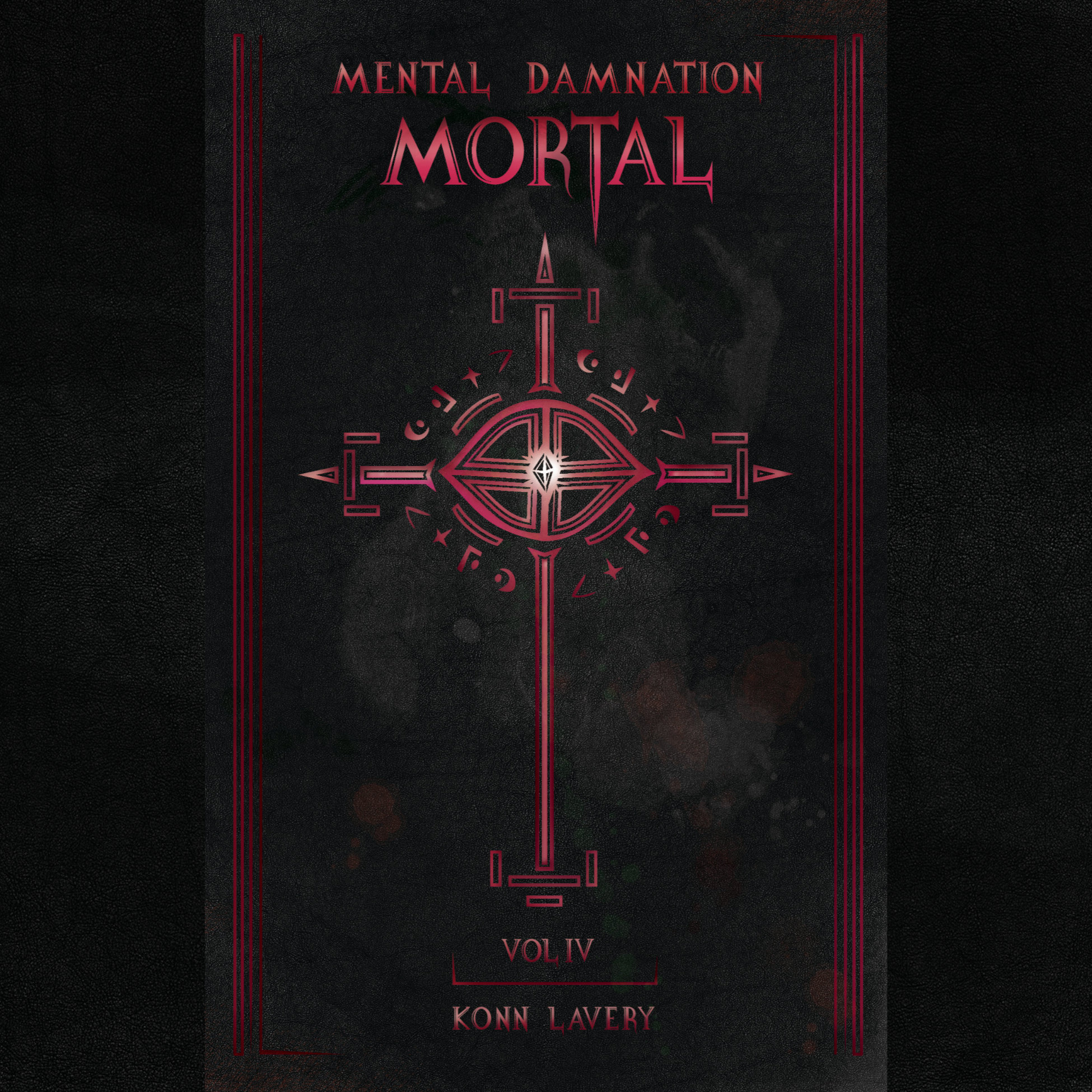
Writing a Style Guide
Estimated Reading Time:
If you are writing a novel with a lot of unique creatures, worlds, languages or technologies it is highly important to keep track of the lore. Fans love reading into backstory so you want to be sure you are consistent with the history. You can keep track of it through a method known as a style guide. It is a document that you use to keep notes and categorize related items. It is exceptionally helpful when working with fantasy or science fiction novels when you have a lot of chronological information that you need to keep consistent throughout the story.
Following a previous post about keeping yourself organized with writing, a style guide is a powerful tool to keep organized for your whole novel.
Do I need a style guide?
You do need one if you are:
- Writing a story with a lot of lore.
- Writing a series.
- Writing a story with a lot of new worldly item such as a fantasy story or a science fiction novel, or even a thriller where you have intertwining plots.
What do I put in a style guide?
You put EVERYTHING in. Think of the style guide as an umbrella term for all of your notes with writing your novel. With a style sheet, you can keep your character sheets in it, key events or species to name a few.
Style Guide Sample:
Below is a set of categories that you can use as a template for sections to keep track of your book.
- Characters – This section you can use to write down character physical traits, personality traits and a couple of sentences of their history and their motive.
- Factions – Factions is a broad term for groups, religions, gangs, countries, etc. Basically any group of people with a common goal. Write about a paragraph’s worth of information about who they are, how they came about and what their goals are. Keep it short so it is easy to reference down the road.
- Locations – Countries, islands, cities, building or milestones. Big or small, write down important locations in the novel that are referenced within the book. Jot down important aspects of each location, any historical aspects or key points that are relevant to the novel’s characters.
- Items and or Technology – Use this section to keep track of strange items such as currency, technological advancements that are used throughout the story. Some other examples are food, vehicles, weapons, spells, books, etc.
- Races and or Creatures – Are there different races or intellectual species in your book? Write them down here, much like with character sheets, keep track of their traits.
- Times – Have important historical eras in your novel? Some backstory that you need to recall in a later chapter? Use this to note relative eras and what they relate to in the story.
- Other – This section can be sued for any other aspect in the story.
When do I write in my style guide?
Write in it as soon as you write a new item, creature or character that you did not have in the book before. It is essentially a living document that you are continually writing in to organize your lore.
Summary of a style guide
A style guide is a huge advantage if you are looking for a different way to keep track of your novel. It can also serve as the basis as an encyclopedia if you choose to go this route. The more backstory you have written down, the easier it will be to reference in the future if you plan to write a sequel or another novel related to the same universe.

About Konn Lavery
Konn Lavery is a Canadian author whose work has been recognized by Edmonton’s top five bestseller charts and by reviewers such as Readers’ Favorite, and Literary Titan.




